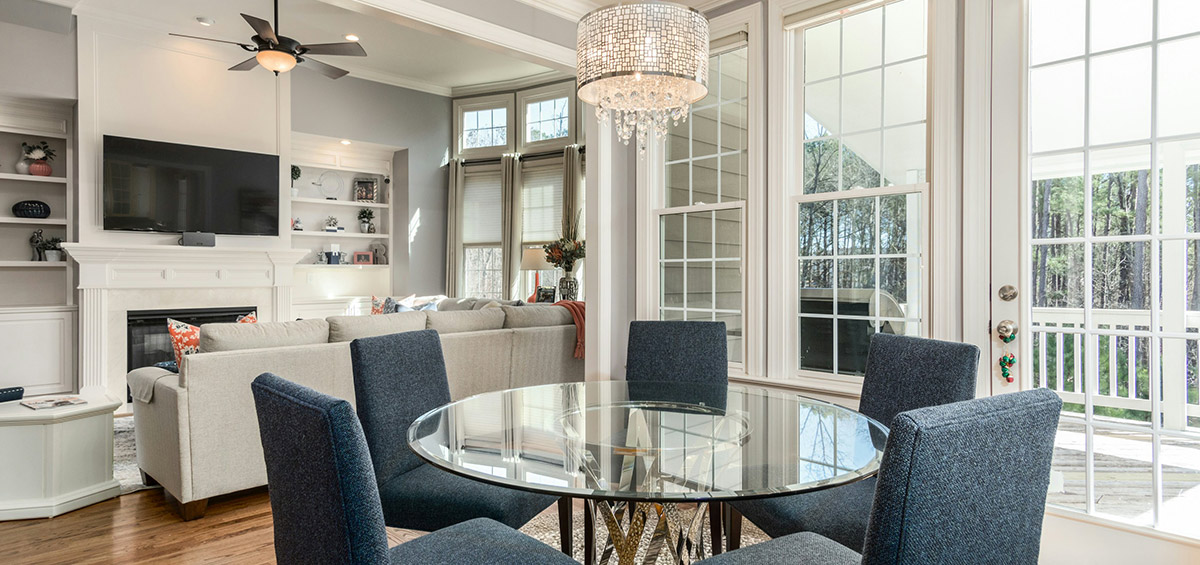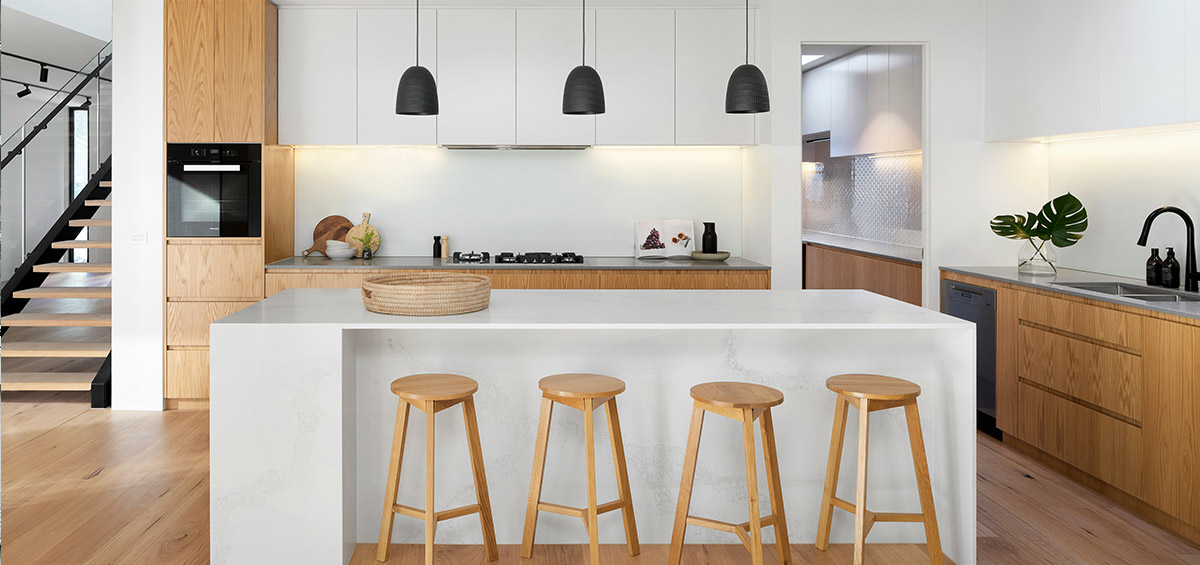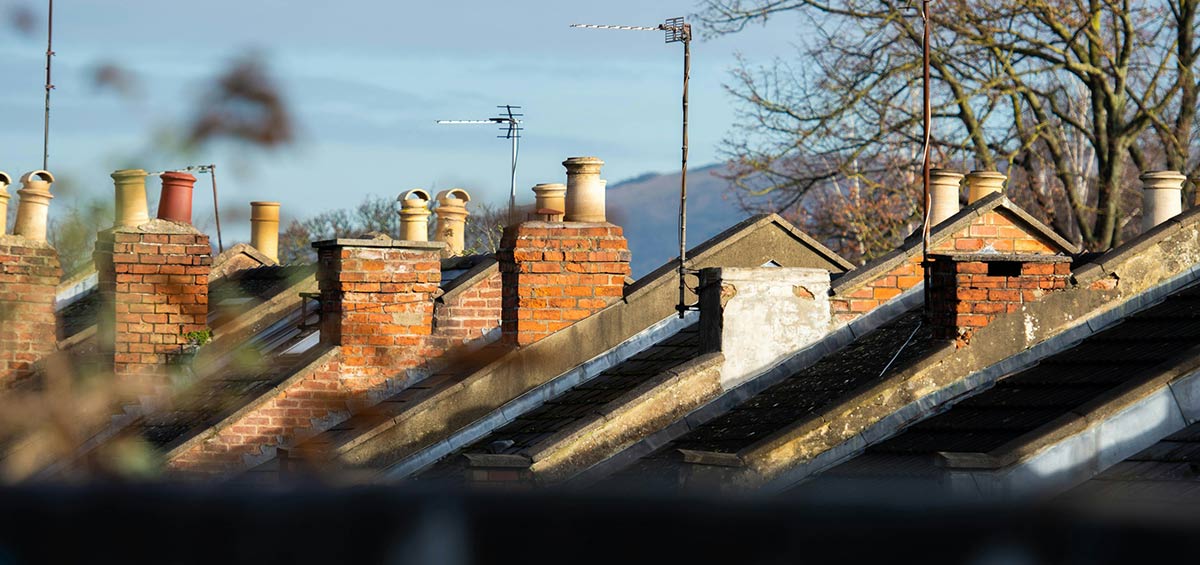While buying a new build
Once you've done your research and found the right new build home, it's time to instruct a conveyancing solicitor and start your property purchase.
Below, we explain what to expect and how to address some common challenges that may arise. By staying organised and proactive, you’ll be well-positioned to finalise your purchase and look forward to life in your new build home.
1. Reserve your property
A reservation agreement secures your chosen property, taking it off the market and guaranteeing that the price won’t change. The reservation is typically deducted from the purchase cost once the sale has gone through. However, it’s crucial to read the terms carefully. If you can’t complete the sale within the agreed period, you risk losing part, or all, of your reservation fee.
2. Finances and legal work
After reserving the property, you generally have a set period, often 28 days, to conclude missives. During this time, you’ll need to finalise your mortgage application, instruct surveys if required, and have your solicitor review all documents.
Steps to take:
- Apply for a mortgage: Ensure the mortgage you apply for is suitable for new build homes.
- Engage your conveyancing solicitor: They will carry out legal checks on the property and the development.
3. Concluding missives (exchanging contracts)
In Scotland, the exchanging of contracts is referred to as "concluding missives” and makes the purchase legally binding. Typical timelines for concluding missives exchange and deposit payment vary but should be outlined in the reservation paperwork.
The sales contract outlines everything from the purchase price and completion date to which fixtures and fittings are included. For instance, some developers might include white goods, while others provide a more basic package. Your solicitor will review the contract and negotiate on your behalf if any terms appear unfavourable or unclear.
Once the contract is exchanged, you pay the deposit. Make sure you understand the financial commitments and any penalties if the purchase falls through after this stage. Be aware that you may need to be flexible if the build experiences unexpected delays.
4. Monitor the build process
Keep in contact with your developer to make sure the build stays on track. Delays to the build can be caused by factors from weather conditions to supply chain issues. Preparing a contingency plan in case of delay is especially important if your current living situation or mortgage offer is time sensitive.
5. Final inspection of the property
Shortly before completion, arrange a final inspection or “walk-through” to look for any snagging issues. Check for functionality in essentials such as plumbing, heating, and electrics. This is also your chance to confirm that all agreed extras are installed. Document any concerns so the developer can address them promptly.
6. Finalise the purchase
At this point your solicitor will coordinate with the developer and mortgage lender to gather all final paperwork and release the remainder of funds. They will also ensure the Title Deed is valid, ownership is correctly transferred, and handle the payment of Land and Buildings Transaction Tax (LBTT).
Once these steps are complete, you’ll officially own your new build property and can look forward to moving in.
7. Moving in
It’s time to pick up your keys and finalise any remaining details with the developer.
A well-prepared checklist will help keep you organised. Consider essentials such as scheduling a professional snagging inspection, redirecting mail, and organising moving-day help. Not sure where to begin? We’ve outlined the key steps below.







